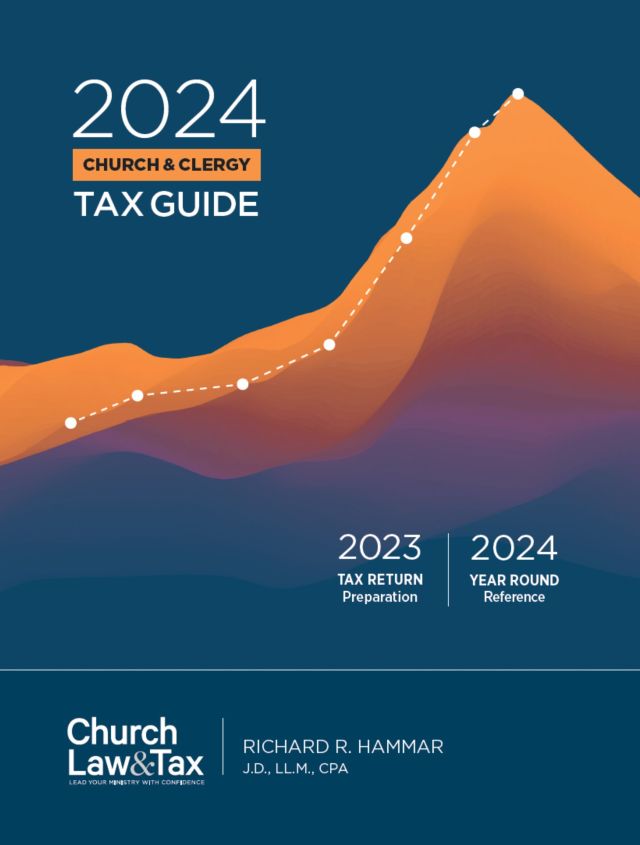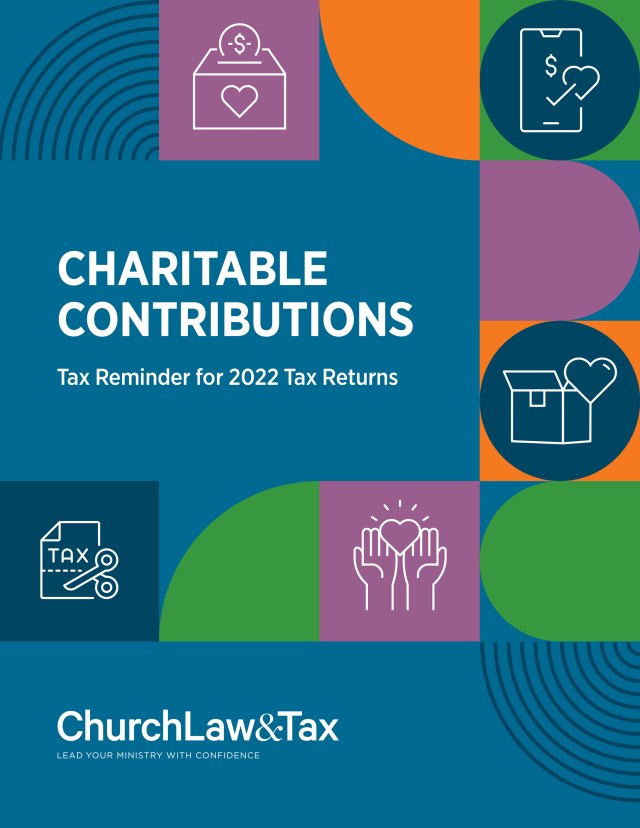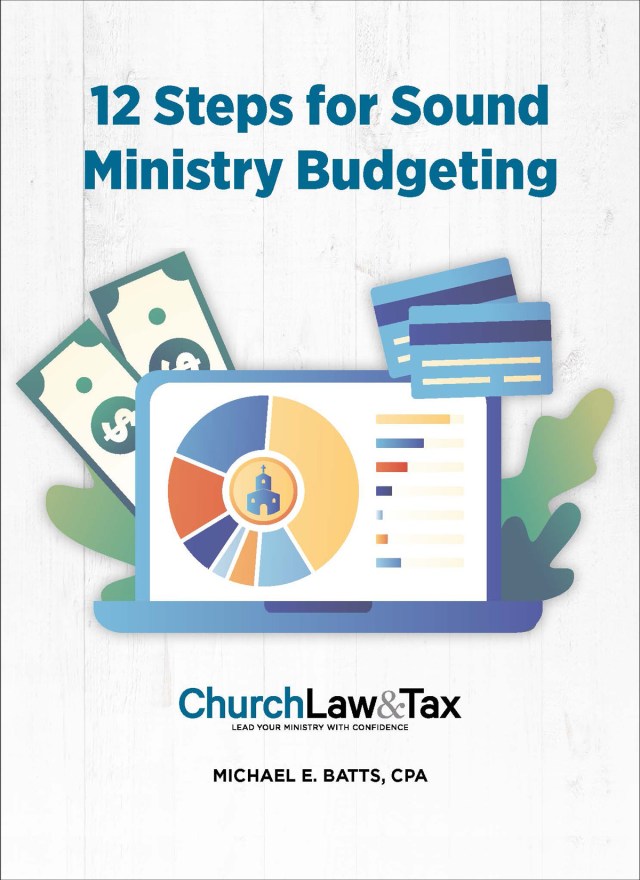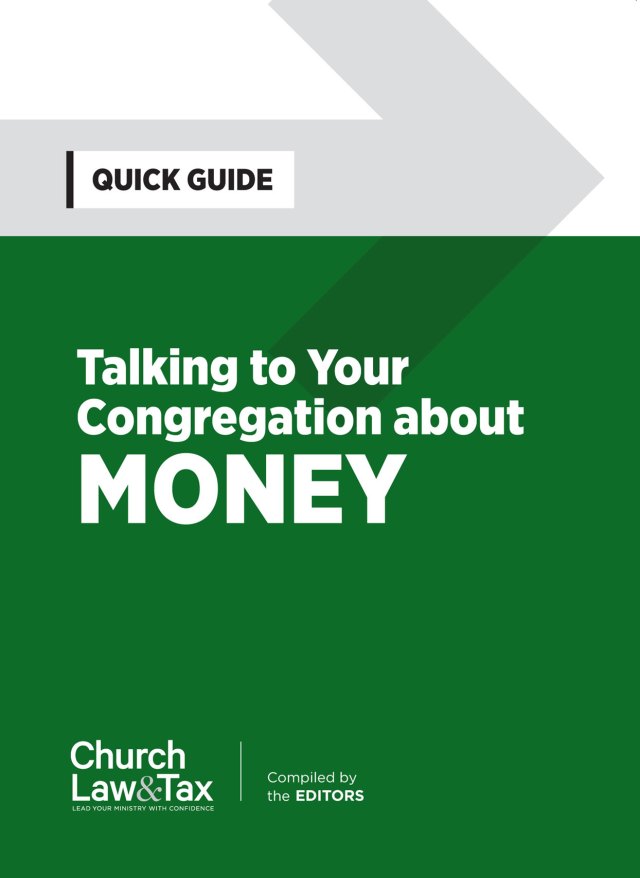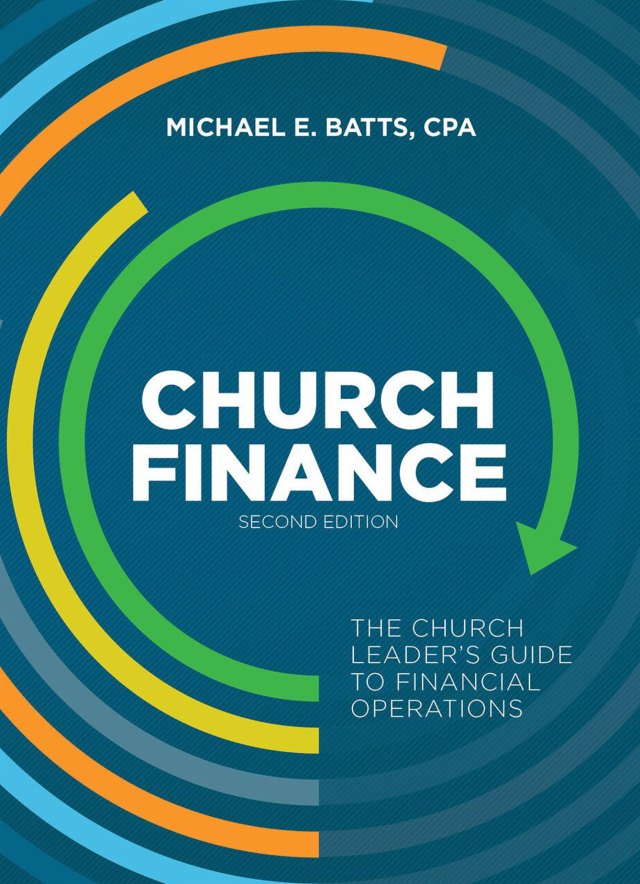Why is it important for churches to monitor debt ratios and measurements?
First of all, your lender will monitor them even if you aren’t. Keep in mind that many loan covenants are based on the results of key debt ratios. If you violate one, there may be penalties and, in extreme circumstances, the lender may even call your loan—requiring you to refinance or pay off the remaining balance. Most importantly, you will strain the relationship with your lender.
There are six debt ratios and measurements you can use to monitor your church’s dependence on debt levels and identify any needed adjustments. These represent important indicators every church should understand and monitor.
1. Debt to unrestricted contributions
total debt
____________________________
unrestricted contributions
This ratio measures how many times your debt is greater than annual unrestricted gifts. Lenders expect debt to be funded through unrestricted contributions. They determine what debt load a church will be able to handle on top of other required expenditures (salaries, benefits, facility expenses, mission expenses, and so on).
The lower the ratio, the less the debt will strain the church’s budget. A ratio that is too high indicates your church’s debt levels are placing an excessive burden on the budget. It also indicates your debt may be at a level that lenders consider too great for your church to support.
2. Current ratio
current assets
____________________________
current liabilities
This ratio helps determine how easily the church can meet its current obligations through current assets or resources. A low ratio (less than 1.0) indicates the church does not have enough in current resources to meet its upcoming short-term obligations. Shortfalls in current assets might force the church to borrow from restricted funds or obtain a temporary line of credit to cover short-term obligations. A ratio this low also warrants a careful review of cash flow and reserve levels.
3. Net asset position
total liabilities
____________________________
unrestricted net assets
This ratio measures the church’s ability to handle further debt (also known as its debt capacity). A low result suggests the church has capacity to take on additional debt. A higher result may indicate the church is stressed or unable to take on any further debt.
4. Mandatory debt service to unrestricted contributions
required annual principal and interest
(including capitalized interest)
____________________________
unrestricted contributions
This ratio is more commonly known as your church’s debt payment requirements. It looks at the percentage of unrestricted contributions that will be used to make these annual required debt payments.
Although your church may have many revenue sources, lenders typically only consider unrestricted contributions when determining how much debt a church can manage. Lenders also take into consideration other required expenditures your church has (salaries, benefits, facility expenses, mission expenses, and so on) before setting this level.
With the low variable interest rates presently available, a ratio kept below the covenant level allows for room in the budget in case the church’s interest rate increases.
5. Debt per average adult attendee and giving unit
total debt
____________________________
average adult attendees and giving units
This measure introduces the concept of a giving unit. This is a group of family members who contribute jointly to the church. A giving unit is also defined as any recurring supporter of the ministry. This excludes an individual that may make a smaller one-time gift supporting a specific event, such as a short-term mission trip. To identify only the regular recurring giving units, you must set a minimum dollar threshold; for instance a giving unit might be one that contributes more than $250 annually to the church.
This measure shows how much of the church’s debt each attendee or giving unit is carrying. We know the church’s debt is not a specific obligation to the attendees or giving units of that church, however it’s helpful to see these levels and whether they place an excessive burden on your congregation.
This measure will vary significantly based on the philosophy, denomination, location, age, size, and demographics of your church. Ultimately, your church must choose the level of debt it is comfortable servicing. When this level is compared to similar congregations, it can help you determine if your debt is too high or at an acceptable level. Trend comparisons over several years within your own church can also help.
6. Debt coverage
change in unrestricted net assets – interest
expense and depreciation expense
____________________________
mandatory debt service payments (principal + interest)
This ratio is used to determine how many times a church would be able to cover its current annual debt obligations from current operations. This may factor into the amount of reserves the church leadership deems necessary.
This ratio can fluctuate significantly between years since it includes the fiscal year’s change in unrestricted net assets. Debt covenants typically have a required score of 1.1–1.2. Ministry choices may drive the decision to spend unrestricted net assets and result in lower positive or negative change in unrestricted net assets. It is important to keep your lender informed of these decisions before negatively affecting this ratio.
Monitoring your church’s financial health
Measuring and monitoring debt and other key financial data will help your leadership team assess your church’s financial health, identify areas for improvement, and be good stewards of your resources.

